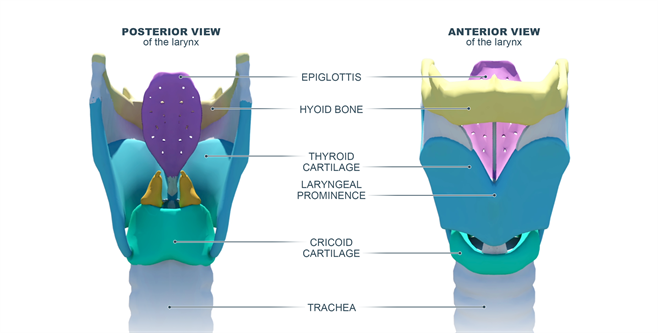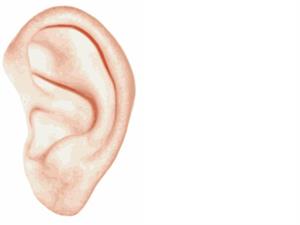
PUMPA - SMART LEARNING
எங்கள் ஆசிரியர்களுடன் 1-ஆன்-1 ஆலோசனை நேரத்தைப் பெறுங்கள். டாப்பர் ஆவதற்கு நாங்கள் பயிற்சி அளிப்போம்
Book Free DemoHumans possess the ability to produce sounds that helps us to communicate with each other.
But, how does this sound produced?
Human beings generate sound from an organ called the larynx or voice box present in the throat. The Larynx is situated at the upper end of the trachea (windpipe).
There are two vocal cords in the larynx, with a narrow slit between them. This narrow slit allows the passage of air between the vocal cords. When we talk, air from our lungs is pushed up the windpipe towards the larynx. As this air passes through the narrow slit between the vocal cords, the sound is produced.
Sounds can be changed by varying the vocal cords' thickness and the air column's length in the slit. This makes sounds of different pitches. Males generally have thicker and longer vocal cords that produce a deeper, low pitch sound in comparison with females.

Anterior and posterior view of larynx
The ear is the organ of the human body that enables us to hear different sounds around us. The ear can be divided into three main parts
- Outer ear
- Middle ear
- Inner ear

Interior view of human ear
Mechanism of human ear:
The ear is the vital organ for all animals to hear a sound. We can hear sounds through our ears. High-frequency air vibrations are picked up and interpreted by the human ear. The ears of aquatic animals are designed to pick up high-frequency vibrations in the water.
The outermost visible part of the ear is called pinna (curved in shape). It is specially designed to collect sound from the environment, reaching the eardrum (tympanic membrane) through the ear canal.
The ossicles move inward and outward to create vibrations when a sound wave strikes the drum. These vibrations are picked up by specific cells in the inner ear. Vibrations are transmitted to the brain via signals from the inner ear. The brain interprets these signals as sounds.

Outer ear (Pinna)
Reference:
https://commons.wikimedia.org/wiki/File:Anatomy_of_the_Human_Ear.svg
https://snappygoat.com/s/?q=bestof%3Ahearing+ear+ears+music+headphones+listen+head+anatomy+medical+model+skull+cutaway+body+otolaryngologist+doctor+noise+noise+damage+tympanic+membrane+anvil#5ed1203a4fe3f34e3f399ac60532310a1b38e54c,0,815.
https://commons.wikimedia.org/wiki/File:Blausen_0330_EarAnatomy_MiddleEar.png